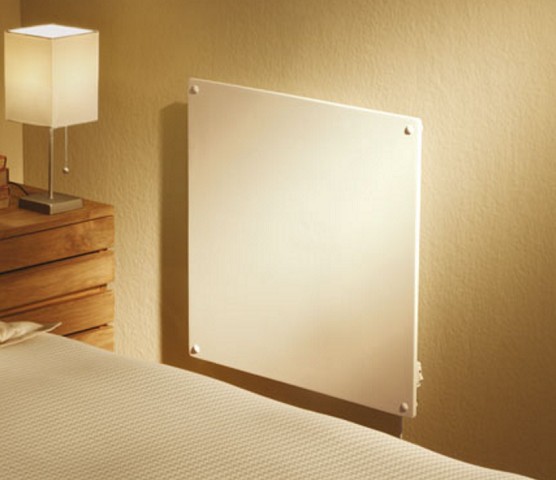kindagot:
We went with a Rinnai flued gas heater a few years ago and it was the best decision. I did loads of research and it it 5kw and heats the whole house (108m2) albeit in Auckland. It brings fresh air in and we have had zero mould in the house since installation. It is really cheap to run and the heat just finds its way everywhere. I would definitely recommend it, friends that have heat pumps just don't seem to get very much out of their 5kw, they find it hard to keep the heat moving. The Americans seem to love them and the video for their market explains the heat transfer https://www.youtube.com/watch?v=fmNTpijYQ84
Heat pumps just don't give the same heat experience as fire, not possible.




